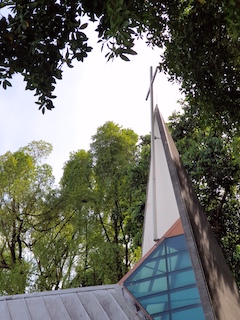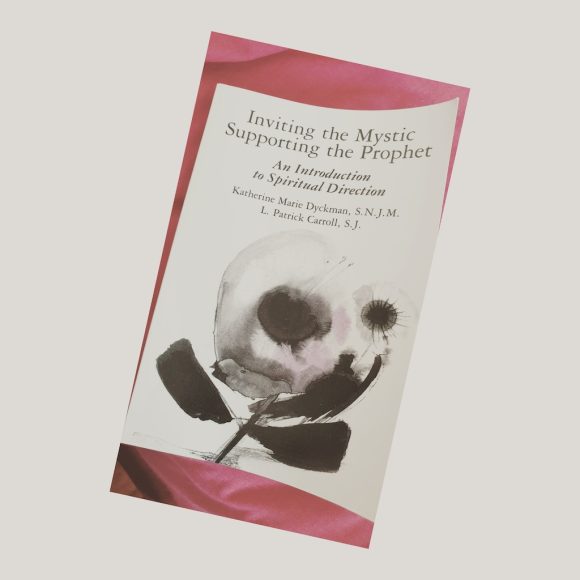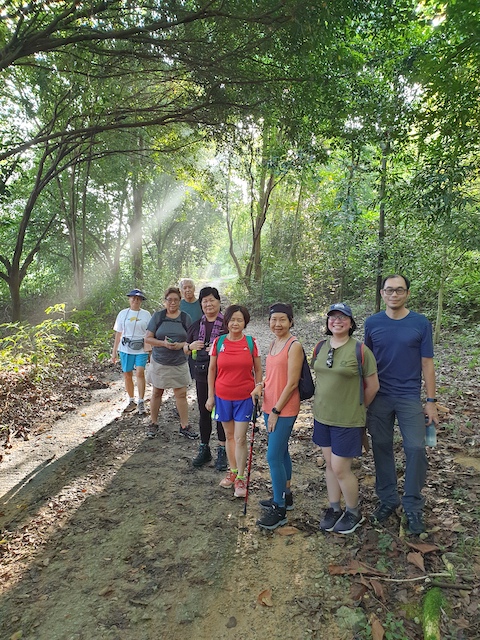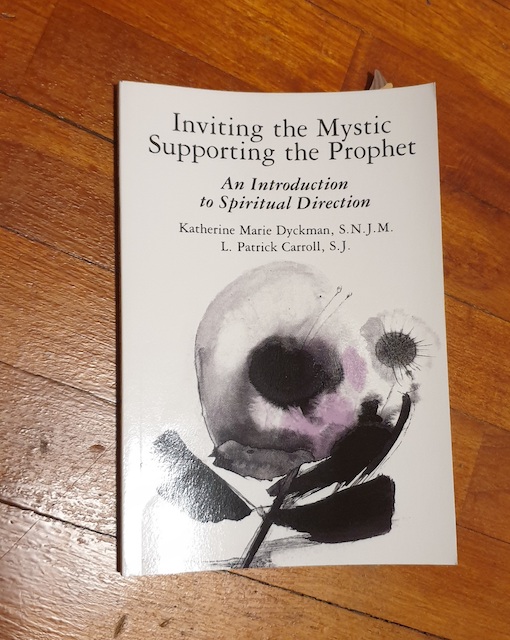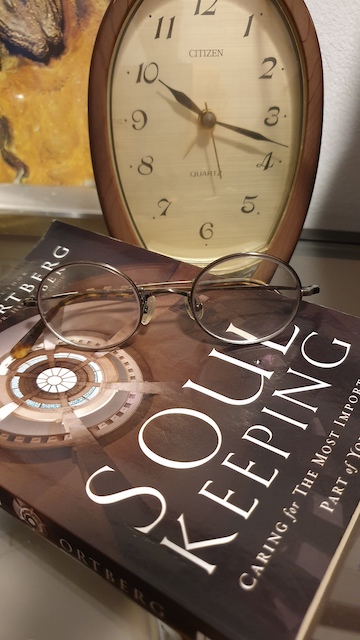It has been a year and I am in semester three of my spiritual direction formation program. I have observed that formation always took priority over information. This is good. This is the way it should be. We learn to listen to God, to listen to one another, and listen to movements in our soul. […]
Joyce Rupp is a retreat leader, conference speaker and author of many bestselling books on Christian spirituality. This book is her reflections about the 36 days of walking 805 km across northern Spain, from Ronscevales to Santiago. It is called the Camino de Santiago de Compostela, one of the three famous Christian pilgrimages. She walked […]
Initially I was intrigued by the title of this book written by Katherine Marie Bykman & Patrick Carroll. It caught my curiosity. As I read the foreword and introduction, I felt drawn to the authors’ thesis as it was something I wholeheartedly agreed with: the tests of authentic prayer are in the fruit of the praying life […]
Preparing people for the Camino Ignaciano 2022 has been a joyful experience for me. The word camino in Latin means path or way or road. The famous camino is the Camino de Santiago, which is an ancient pilgrimage network of paths and roads that pilgrims travel on foot to reach the destination of the Cathedral […]
Initially I was intrigued by the title. It stoked my curiosity. As I read the foreword and introduction, I felt drawn to the authors’ thesis as it was something I wholeheartedly agreed with: the tests of authentic prayer are in the fruit of the praying life or community. I was interested in the relationship between […]
I was dipping into a book titled “Soul Keeping” that Pastor Thomas gave me. John Ortberg is a gifted writer, and I must add a gifted preacher too for I had heard him live a few times. In the chapter on “The Soul Needs Rest” he writes about entering soul rest and how we can […]
